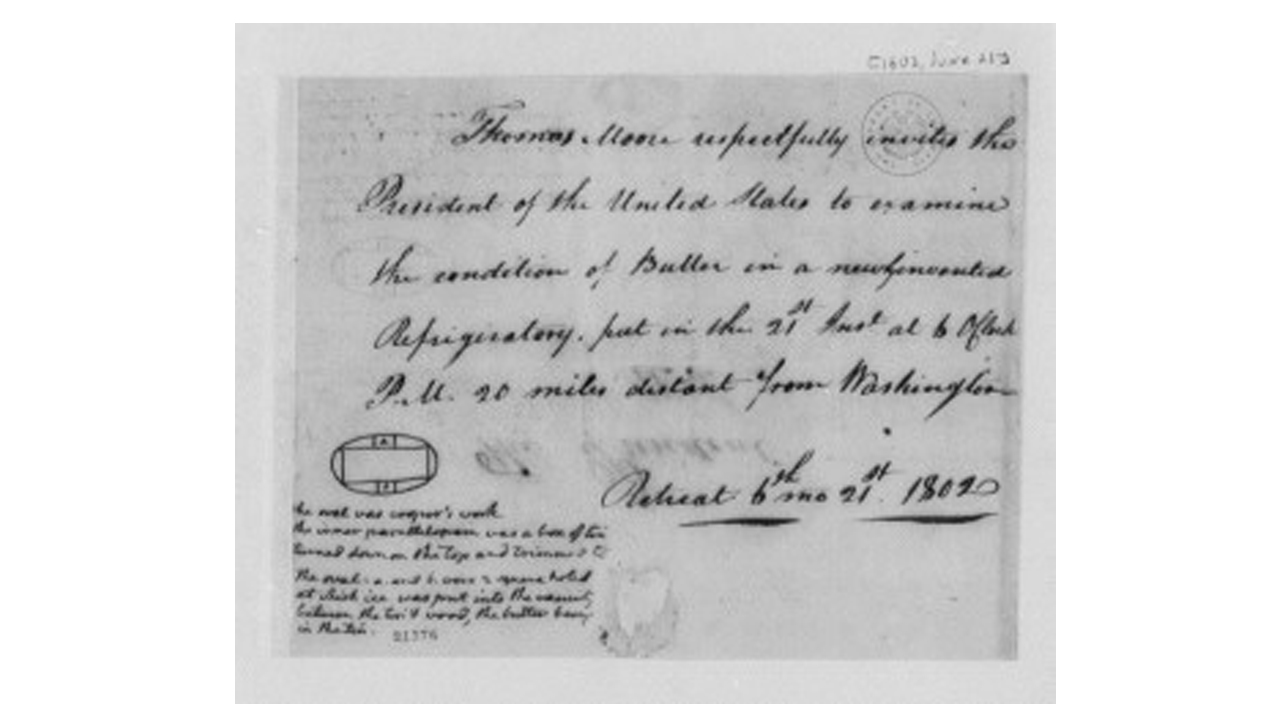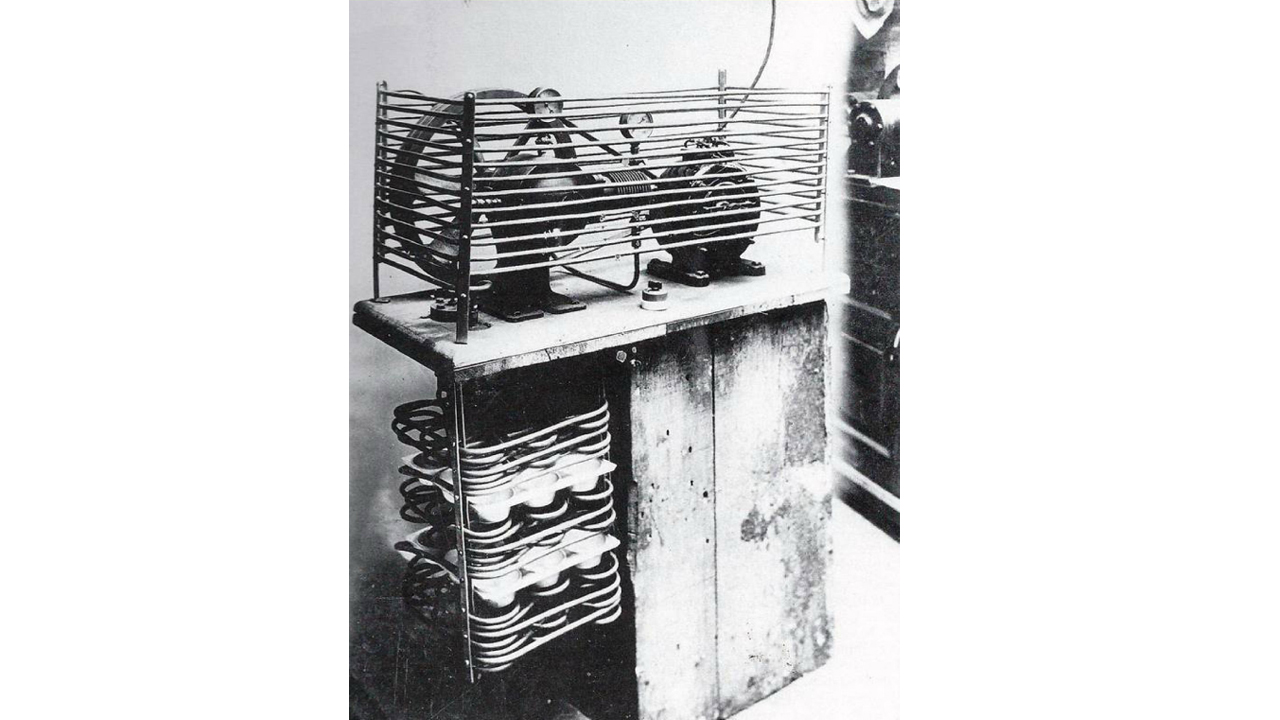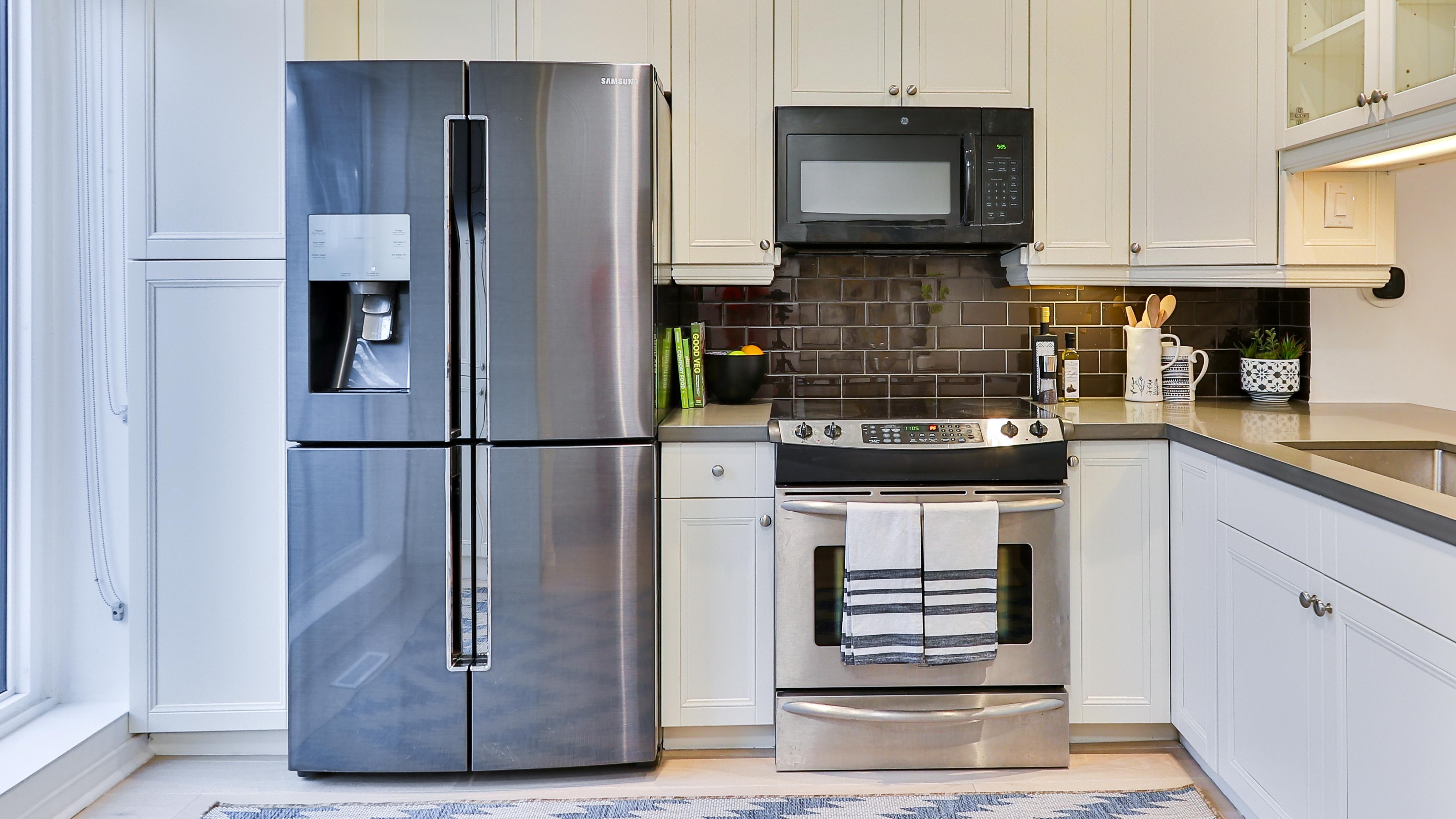Most of us couldn’t imagine a life without our refrigerator now, but when were refrigerators invented and how did they look back then? Nowadays, they come in all shapes and sizes, such as side-by-side refrigerators and French door refrigerators, and we take many of their features for granted, from ice dispensers and built-in freezers to smart-enabled doors and glass viewing panels.
However, it’s safe to say that the refrigerator hasn’t always been this way. A long time ago, keeping food cool was a very different problem. Rather than chucking cheese and other perishable goods onto the fridge shelf, it was a race to eat them before they went bad, collecting foods daily and storing them in wooden boxes packed with ice - a tricky thing to come by.
In the 1930s, the earliest commercial refrigerators looked very different to the sleek, feature-rich appliances we’re accustomed to in our modern-day kitchens. We’re going to be turning the clocks back and looking at exactly how the first refrigerators came about and how they have evolved since then.
When were refrigerators actually invented?
While a chilled drink or a cheeseboard might be your first thought when someone says the word ‘refrigerator’, the idea of a cooling machine actually began with a physician troubled by the yellow fever pandemic in Apalachicola in 1841, according to Lydia Bjournlund’s book, How the Refrigerator Changed History.
Convinced that the warm weather was causing the disease in his patients, John Gorrie strung a bucket of ice from the ceiling of the infirmary to keep them cool. In those days, ice was extremely hard to come by and his biggest hurdle was sourcing ice cubes all the way from New York and New England’s frozen waterways.
In 1845, impressed by the news of other scientists tinkering with mechanical ice systems, Gorrie quit his job and poured all his energy into inventing the first incarnation of the refrigerator, a device that could feed compressed air over metal pipes containing cool water and obtain a temperature low enough to freeze water.

Other early versions of the refrigerator
Gorrie can’t take all the credit for the idea. Before he got to work on his invention, there had been a few other attempts at imagining up a cooling device. The concept of the refrigerator was first drawn up by William Cullen in 1755, who figured out that cooling comes from the high-speed expansion of gases in a vacuum, Bjournland's book explains.
Then, in 1802, the American inventor Thomas Moore was awarded a US patent for creating a so-called refrigerator, which was essentially just a humble icebox.
The American inventor Jacob Perkins also came close to inventing a basic refrigerating machine in 1834, which was based instead on a vapor-compression cycle that used ether, an organic compound, rather than liquids.
The first prototype refrigerator
While Perkins’ closed-cycle device could compress air, Gorrie’s refrigerator was the first working model, which he finished in 1851, according to Bjournland. The prototype sent water through a collection of pipes that released heat and chilled the water enough to produce ice, the same basic process used by refrigerators to this day.
Unfortunately, society wasn’t quite ready for such a high-tech machine and his refrigerator had a frosty reception and many investors had a change of heart under pressure from the ice-harvesting industry, according to Peter Hertzmann in his report, The Refrigerator Revolution.
After Gorrie died in 1855, other inventors took his model and started drawing up their own versions, which made their way into breweries and meatpacking businesses, including James Harrison’s beer-cooling machine for an Australian brewery in 1856 and the first refrigerator in a European brewery in 1873, according to Bjournland's research.

When was the first commercial refrigerator made?
The first domestic refrigerator was created in 1913 and named the Domelre. Invented by the American Fred W. Wolf, it was essentially a basic, insulated wooden refrigerator with a hole in the top of the ice compartment and the cooling mechanism on top.
Two years later, in 1915, another American, Alfred Mellowes, fashioned the first self-contained refrigerator suitable for home kitchens. Over the next twelve years, there were at least a hundred companies either manufacturing or trying to sell types of refrigerators without much success.
It wasn’t until 1927 that the refrigerator properly wormed its way into kitchens in the United States. This was all thanks to the company General Electric, who produced the successful ‘Monitor Top’ refrigerator. This countertop model, which had a single door and was built on an assembly line, would be the benchmark for many years to come.
With the door finally open to refrigerators for good, other companies began to replicate and build upon this successful model. Post-war, self-defrosting ad frost-free refrigerators were thrown into the mix. Then, later in the century, and a greater variety of styles such as the French door refrigerator and energy-efficient models appeared.

What’s the future for refrigerators?
With all the changes that refrigerators have undergone since their early inception, it’s hard to predict precisely what the future has in store. However, there are certainly a few high-tech features on the horizon.
With brands such as Samsung or LG setting the benchmarks higher and higher for the modern-day refrigerator, smart-enabled features have become the bread and butter of a stylish and modern appliance.
Some appliances already have glass tap-to-see viewing panels that let users peek at their food from outside, but brands are now producing Wi-Fi-enabled transparent panels that will let you pull up a baking tutorial without connecting to your smartphone or send you an alert when you’re almost out of eggs.
Good news for big households and families, large, four-door models are also making their way onto the market, with a dedicated beverage center and ice makers that can pop out cubes in a size of your choice, ideal for niche drinks. Of course, you can always get one of the best freezers separately, if you're sacrificing cooling for fancy features.
Meanwhile, some of the other latest developments include trendy color-changing panels and fingerprint-resistant finishes for a sleek and adaptable exterior. So, if nothing else, we can expect to be quite spoilt for choice.

